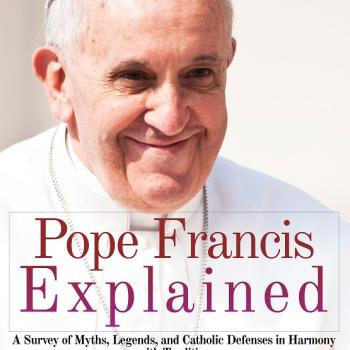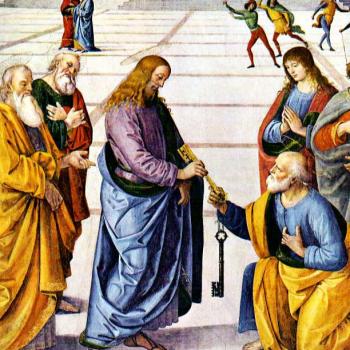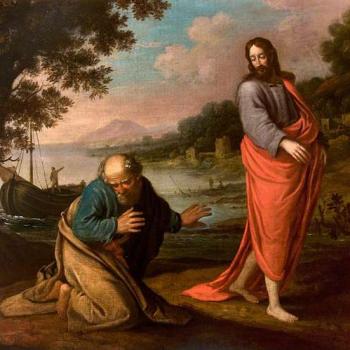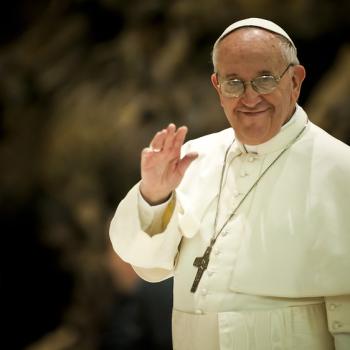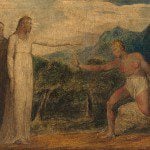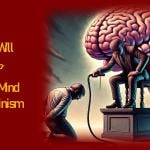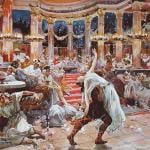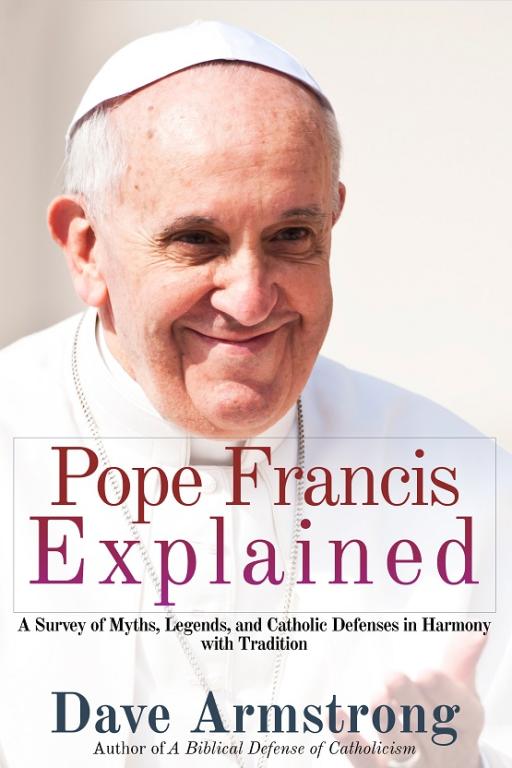
[Lulu covert art by Chad Toney]
[the following is a somewhat modified version of the Introduction to my book, Pope Francis Explained (2014) ]
It seems that everyone wants to make the pope (like they often do with God Himself) into their own image. Those outside the Church do this in proportion to how “contra-Catholic” or secular they are: up to and including atheists; as well as dissenting modernists and theological liberals within the Church (the “cafeteria” / pick and choose types).
These all want him to be so-called “progressive” and are more than willing to project this attribute onto him, in a huge campaign of wishful thinking, if in fact it is not there. This group includes (very much so) the media.
They long and yearn and (except for the atheists) pray for the day when a truly “enlightened” pope will come around to bring the Church out of the “Dark Ages” into our marvelously happy and fulfilled modern world: one who will fundamentally change things. This latter expectation, in turn, reveals their own fundamental ignorance about the role of the papacy and the scope of his power, as one who preserves tradition and dogma.
On the other end of the scale, the radical Catholic reactionaries, on the extreme right on the Catholic ecclesiological spectrum and a hair’s breadth away from schism, exaggerate new popes’ differences (if any) from previous popes, and become needlessly alarmed that the Church is revising or transforming itself; going to pot because of the new “liberal” pope.
Or, conversely, if they actually like the new pope (as they did, Pope Benedict XVI; as did also, mainstream Catholic traditionalists), they do the same, but in an approving, rather than disapproving sense.
Thus, we have a scenario whereby folks on both the “left” and the “right” of the theological spectrum massively misinterpret what a new pope says and does.
Unfortunately, there is a third group as well: obedient, devout, observant, orthodox Catholics who understand the pope’s role and the nature and status of Catholic dogmas (which do not and cannot change), yet who are confused by something a new pope says or does. Mainstream traditionalists (i.e., basically those who prefer the Tridentine Mass) are a big part of this group, too, but not all of it, by any means.
They have no desire to make him into something he is not, whether to the “left” or the “right.” Rather, their concern is to harmonize and synthesize the pope with the existing tradition. Many Catholics felt the same dilemma with regard to Vatican II, which was widely presented (and/or wrongly perceived) as a departure from traditional precedent, whereas in reality it was a somewhat startling and dramatic but nevertheless consistent development of what came before.
As an apologist and observer of the Catholic scene, I have watched all these dynamics occur with two new popes: Pope Benedict XVI in 2005, and Pope Francis in 2013. I calmly observed on both occasions, that there was to be no sea-change; only a change in focus or emphasis or outward style. When it was said that Pope Benedict XVI would not engage in ecumenical conferences as Pope St. John Paul II had done (scandalizing a fair-sized number), I said that the two men in fact did not differ in that regard at all. I was right. Those activities were continued.
The same is true today. Nothing essential has changed. What we have is a striking, even “radical” difference of style and emphasis, but not of substance. I wrote in September 2013:
For all of you out there worried about the pope: relax; chill. All is well. We have a pope who says the unexpected: a lot like Jesus. And, like Jesus, those who don’t get it and are outside looking in, will misunderstand, and those who are in the fold will grasp what is being said, in the context of historic Catholic teaching, if they look closely enough and don’t get hoodwinked by silly media wishful thinking. Those who are outside often hear only what they want to hear (God loves everyone, even sinners!!!) and not what they need to hear (stop sinning; stop this sin . . .).
I also wrote at about the same time, in a letter to a friend:
It’s the same old dumb misunderstandings: media misreports what the pope said; never understand what he means in context, and in context with past teachings. Don’t fall into their trap! Pope Francis is a good Catholic; nothing to be alarmed about at all. The world wants Christians to renounce their teachings. We’re the guys who have never done so. We keep the same moral teaching that the Church had from the beginning: no abortion, no divorce, no contraception, no same-sex “marriages,” etc. Virtually no one else has done so! So the attack is against us to change traditional morality, and we will never do that.
For each “controversy” or supposed “scandal” or thing that Pope Francis said or did that has people in a confused or even (sometimes) angry state, Catholics should attempt to provide a cogent explanation, by first noting (using the “survey” method) what was actually said, then how it was spun by the media and the religious and secular left, and how it was spun (or received) by the religious right.
After providing that documentation, we should proceed to demonstrate that the pope is in complete harmony with Catholic tradition, and give biblical support (where relevant and possible).
I did that in my book, Pope Francis Explained. My hope and prayer is that my efforts lessened the confusion of those who are sincerely seeking what the pope intends and means. But for those who don’t care, at bottom, what he intends, the book might be said to function as an exposé of the nefarious methods used to twist and distort his words and actions.





